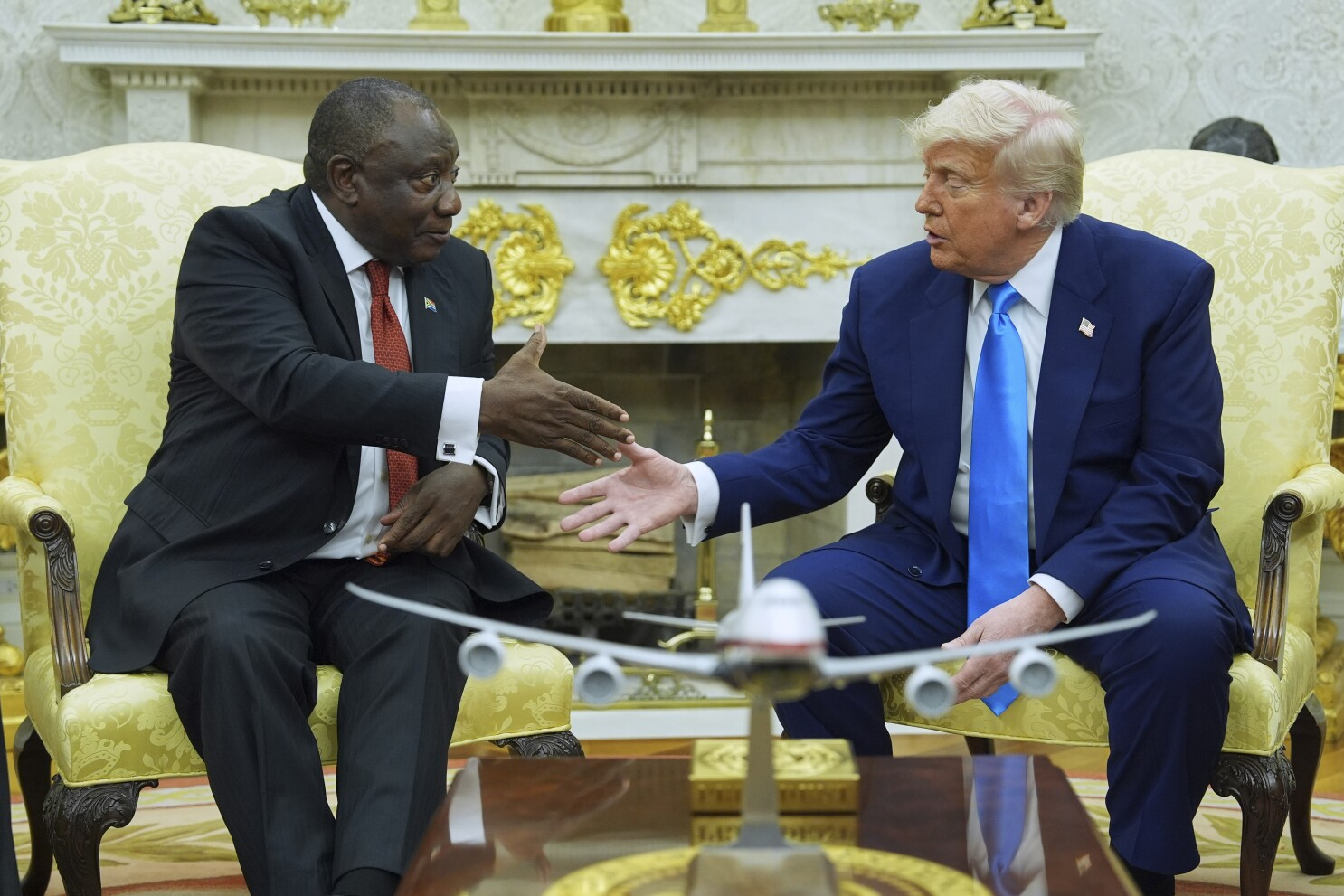Virtual reality global market expected to boom in 2016
Entering a virtual world.
Virtual reality technology attempts to simulate a physical world, providing users with the illusion of being in a different time and place. The latest models allow you to interact with that world, stimulating the senses of sight, touch, hearing, and even smell.
Virtual to become reality at Las Vegas tech fest.
“Virtual reality actually transports you to another world. You put the headset on and you actually can’t see the world around you. It can project you on a beach, on top of a mountain in Japan, in the far flung future, virtual reality is a whole other experience.” Ernest Doku, Technology expert for Uswitch
The whole sector has been buzzing ever since Facebook bought Oculus, an American virtual reality (VR) tech-company, last year. Google is also busy gathering new recruits for their VR team. And Apple is also heading into VR, hiring a top expert from Virginia Tech.
This year will see the release of the first serious consumer VR headsets in 20 years. In the first quarter of the year, VR pioneers Oculus will launch the consumer version of their Rift headset. In April, HTC will launch its own product in conjunction with gaming firm Valve. And Sony will launch its PlayStation VR, an add-on for the Playstation 4, which will bring VR into the living room.
“Last year was a year of experimentation for virtual reality and this year I think will be implementation. So we will see those first headset that’s come to market. ” Steve Koenig, Consumer Technology Association
Just last week, Goldman Sachs predicted that the VR market will generate $182 billion by 2025 in combined sales from hardware and software. Though video games will be the biggest part of the market, Goldman Sachs predicted other 8 areas where it might have serious implications.
Virtual reality is taking off in China. Just yesterday, stock in several VR companies were up more than 5%, with three even hitting the daily limit of 10%. China is expected to produce as many as 480 thousand VR products in 2016. And revenues from VR products are expected to increase from 1.5 billion yuan last year, to more than 5.6 billion yuan in 2016. That’s growth of nearly 270%. But the 90’s bubble has some skeptical that this will be just another fad. The sectors face numerous challenges, including the high cost of the hardware.
It may be too soon to tell right now, but the coming year the market place will decide the fate of the latest wave of VR tech.







